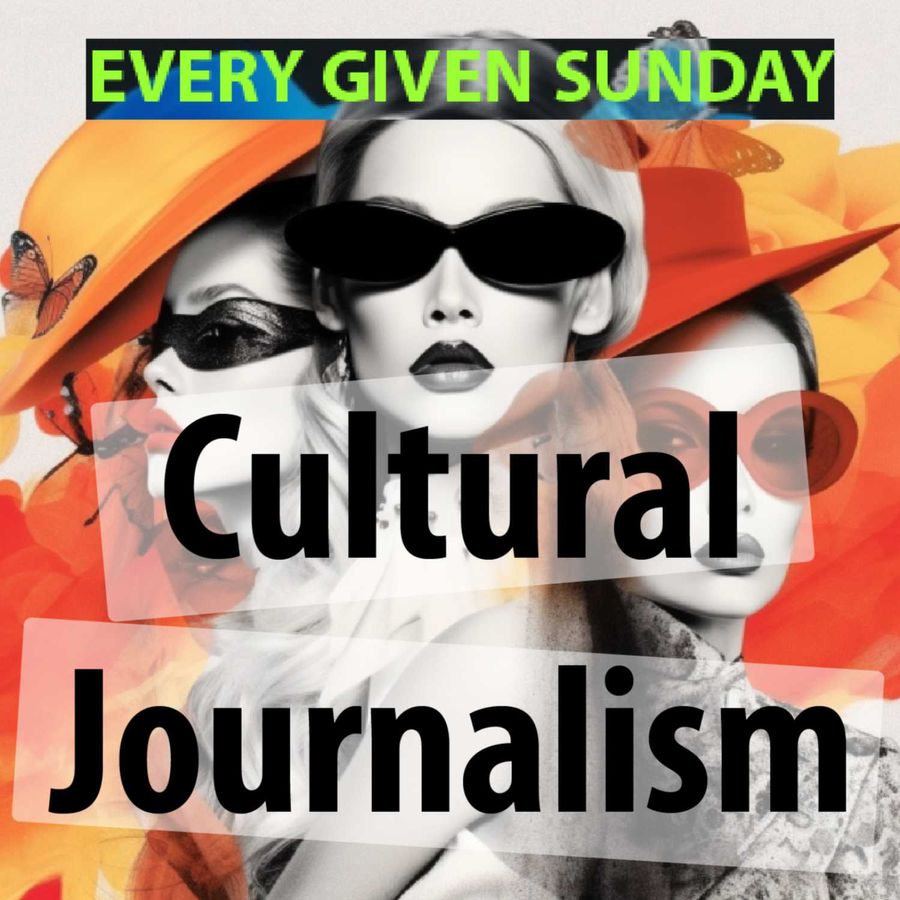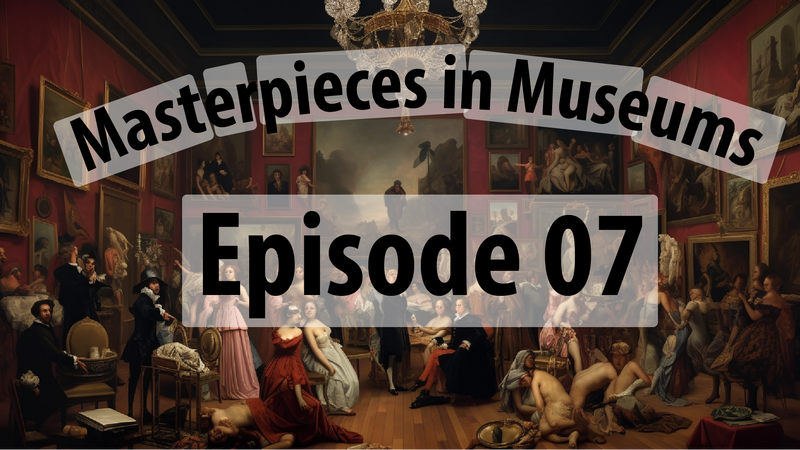Masterpieces in Museums: Reconsidering the Cult of Artistic Reverence
A peculiar phenomenon occurs in museums' hallowed halls—an almost religious reverence of artistic masterpieces. The conventional wisdom asserts that these works of art, carefully preserved and displayed, possess an inherent value worthy of our utmost admiration and reverence. However, it is time to challenge this conventional wisdom and critically examine the cult-like status bestowed upon museum masterpieces. By delving into history, embracing intellectual rigour, and questioning the unquestionable, we can redefine our relationship with art and how we consume it.
The Museum as a Temple:
Art museums, with their solemn architecture and hushed reverence, mimic the structure and atmosphere of religious institutions. Visitors tread softly, whispering their awe and basking in the reflected glory of renowned masterpieces. This elevation of artworks to the status of sacred relics suggests an inherent belief in their intangible nature, a belief that deserves scrutiny.
Historically, art was often tied to religious devotion and power as a tool for political propaganda or religious indoctrination. Iconoclasm, the deliberate destruction of religious icons, reveals the fragility and fickleness of the reverence bestowed upon such objects. Nevertheless, divorced from an explicitly religious context, the masterpieces housed within museums still retain an air of sanctity that begs to be examined critically.
The Myth of Objective Aesthetics:
The cult of artistic reverence presupposes an objective measure of aesthetic value, assuming that a select few works possess a higher calibre of artistic merit than others. However, this assumption crumbles under scrutiny. As they say, beauty lies in the eye of the beholder, and aesthetics are inherently subjective.
Consider the case of Vincent van Gogh, whose masterpieces now adorn museum walls. During his lifetime, his work was widely disregarded and mocked. Only posthumously, after an orchestrated campaign by his brother and a sympathetic art critic, van Gogh's genius began to be recognized. The zeitgeist shapes the value we assign to artworks, the whims of the market, and the influence of curators and critics. It is a delicate dance between art and power.

The Elitist Nature of Museums:
By their very nature, museums create a hierarchy that perpetuates exclusivity and elitism. The limited space available for display ensures that only a fraction of artistic output throughout history can be showcased. While driven by expertise, taste, and historical significance, this curatorial selection ultimately reinforces a limited canon of art that fails to represent human creativity's diverse and multifaceted nature.
The power dynamics within the art world, with its gatekeepers and tastemakers, play a significant role in determining what is deemed worthy of preservation and display. This selection process is not infallible; it is susceptible to biases, cultural blind spots, and political considerations. We must recognize the need for a more inclusive and diverse representation of artistic expression to challenge the cult of artistic reverence.
Reimagining the Consumption of Art:
We must reconsider our approach to consuming art to liberate ourselves from the shackles of the cult of artistic reverence. Instead of treating masterpieces as relics encased in glass, let us encourage interaction and reinterpretation. The act of creation is not static but ever-evolving, and our engagement with art should reflect this dynamism.
Technology offers us new avenues for democratizing access to art. Virtual exhibitions, online platforms, and digital reproductions enable broader participation and engagement. By embracing these tools, we can challenge the notion that art should be experienced within the confines of a museum's walls and, instead, encourage a more accessible and interactive relationship between the artist, the artwork, and the audience. We can invite viewers to actively question, interpret, and contribute to the artistic process, blurring the boundaries between creator and consumer. In this new paradigm, art becomes a living, breathing dialogue where diverse perspectives and voices can thrive.
Furthermore, we must broaden our definition of art beyond the confines of traditional mediums. Artistic expression is not limited to oil on canvas or sculptures in marble. Instead, it encompasses many forms, from street graffiti to performance art, digital installations, and immersive experiences. By embracing the expansiveness of art, we break free from the limitations imposed by the cult of reverence and open ourselves to a rich tapestry of human creativity.
Simultaneously, we should challenge the notion that artistic value is solely determined by market forces or the opinions of the cultural elite. While economic considerations and expert analysis have their place, we should not allow them to dictate the worth and significance of an artwork. Instead, we should value art's ability to provoke thought, evoke emotions, and challenge the status quo.
Let us not forget that art has long catalyzed social and political change. Throughout history, artists have defied conventions, questioned authority, and shattered societal norms. By reclaiming art's subversive and transformative power, we can use it to critique, challenge, and reshape our world.
In conclusion, the cult of artistic reverence within museums is not beyond reproach. However, it is time to critically examine the elevated status bestowed upon masterpieces and the power dynamics perpetuating exclusivity within the art world. By embracing subjectivity, inclusivity, and the democratizing potential of technology, we can redefine our relationship with art. Let us forge a new path where art is a vibrant, dynamic conversation that transcends the confines of museums and embraces the diversity of human creativity.


